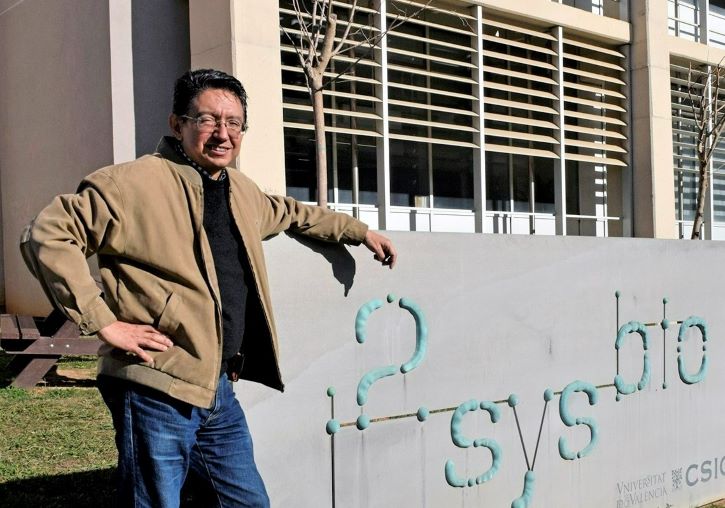Users
Social media
- More details here...
- Address
Parc Científic de la Universitat de València C/
Catedrático Agustín Escardino, 9
46980 Paterna (Valencia) Spain - Email:
iu.i2sysbio@uv.es - Phone:
(+34) 963544810
- Address
Links
The Institute of Integrative Systems Biology leads a European project to obtain green hydrogen from bacteria

Investigation & Education
Thesis
The Institute of Integrative Systems Biology leads a European project to obtain green hydrogen from bacteria

This is an EIC Pathfinder project endowed with more than 4 million euros to get genetically modified bacteria to produce hydrogen using non-potable water. The project is led by the Institute of Integrative Systems Biology (I2SysBio, UV-CSIC) and has the participation of scientists and companies from Sweden, Portugal, Italy and the Netherlands.
Hydrogen is the most abundant element on Earth. However, it is not found alone on the planet, but combined to form water or hydrocarbons such as natural gas. The latter is the main source of hydrogen used today as fuel, but the process generates pollutants. The challenge is to obtain 'green' hydrogen, which is clean to obtain. Thus, a team from the Institute of Integrative Systems Biology (I2SysBio), a joint center of the University of Valencia (UV) and the Higher Council for Scientific Research (CSIC), has started a project to demonstrate that genetically modified bacteria are capable of producing hydrogen, from sea and waste water, with the same efficiency as other non-polluting processes.
Green hydrogen is one of the key vectors for the decarbonization of the planet. Currently it is obtained by electrolysis of water, by separating its components using an electric current produced by solar energy. However, of the 70 million tons of hydrogen consumed, less than 1% is obtained in this way. The majority of the hydrogen consumed is 'gray', it is produced from natural gas and generates 830 million tons of carbon dioxide per year.
In this context, the I2SysBio De Novo Synthetic Biology team, led by scientist Alfonso Jaramillo Rosales, has just started a research project funded with 4.2 million euros by the European Council of Innovation (EIC) within the Pathfinder program, which supports the exploration of bold ideas for new technologies. With it, it aims to provide a different solution to the production of green hydrogen using the mechanism that sustains life on the planet: photosynthesis. “The idea is to design new genes in bacteria to transform solar energy into hydrogen, something that does not happen in nature,” explains Jaramillo.
“Our solution is based on redesigning the photosynthesis genes in the most studied photosynthetic bacteria (Synechocystis) so that they are capable of creating an anaerobic environment suitable for the production of hydrogen with hydrogenases from algae,” he reveals. Jaramillo. "This requires both introducing the hydrogenase genes of the algae and modifying the existing genes of the bacteria to minimize the electrons used for metabolism. In addition, genes are added to these bacteria that will allow them to tolerate salt and residual water, so we do not use drinking water in the process," highlights the scientist.
Cheaper method to obtain green hydrogen
The objective The project is also to build an industrial plant for a new type of solar panels consisting of 1,500 liters of water bioreactors housing genetically modified bacteria. The project, which lasts 5 years starting in October 2022, has the collaboration of researchers from the University of Uppsala (Sweden), Porto (Portugal) and the National Research Council (CNR) of Florence (Italy). Companies from the Netherlands and Naples, where the bioreactors will be manufactured, are also participating.
The team aims to develop a technology capable of equaling the cost of producing green hydrogen by the current method of water electrolysis using photovoltaic solar panels. In his opinion, this bioreactor system with genetically modified bacteria will be another competitive way to generate green hydrogen, scalable and at a lower cost, up to 10 times less than the methods used today.
More information:


